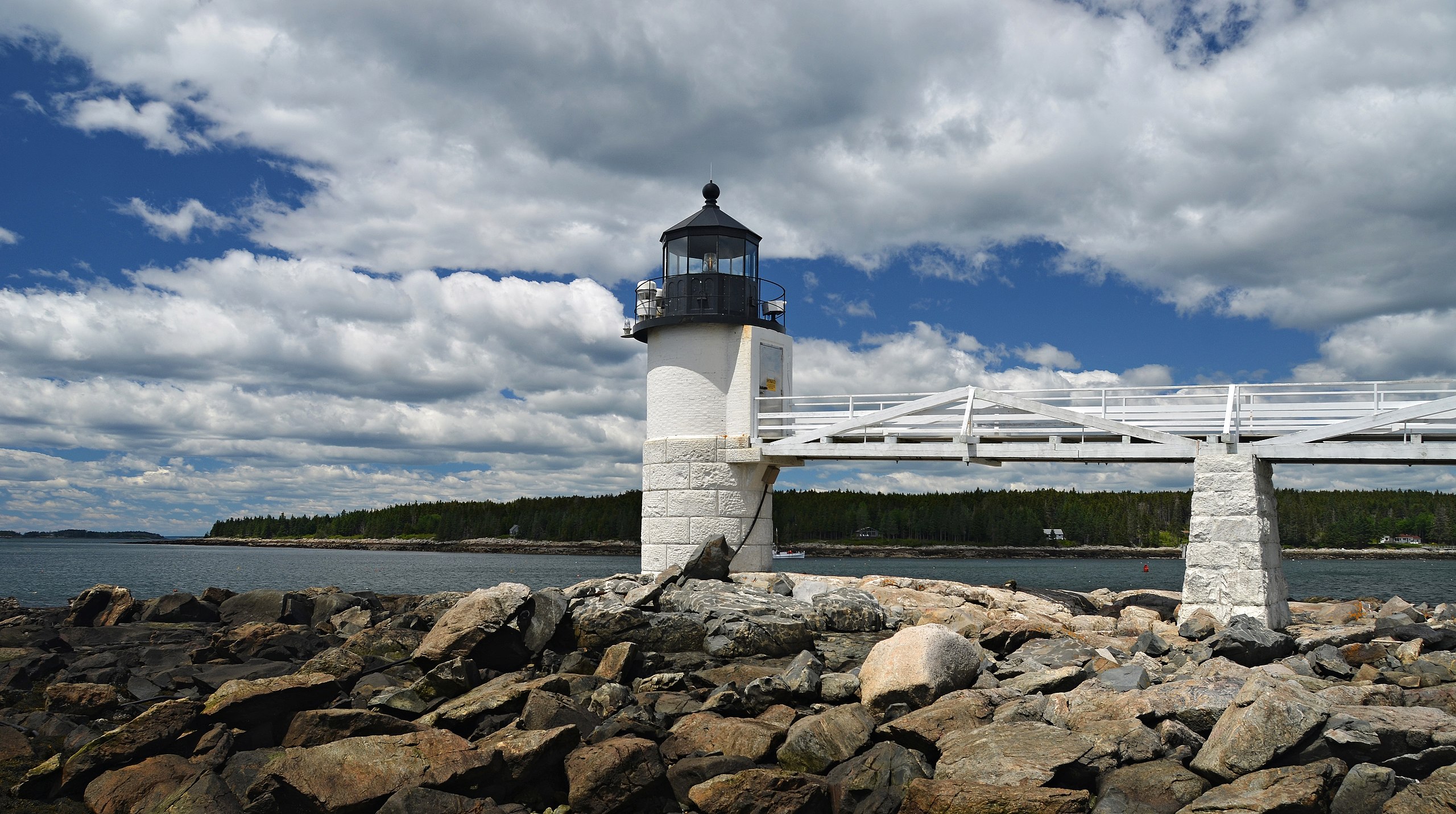Based on unofficial election night results, 75.5% of voters approved Maine Question 1, the High-Speed Internet Infrastructure Bond Issue, and 77.5% of voters approved Maine Question 2, the Transportation Infrastructure Bond Issue.
Maine Question 1 authorized $15 million in general obligation bonds for the ConnectME Authority to provide funding for high-speed internet infrastructure in unserved and underserved areas. As of March 2020, the ConnectME Authority defined unserved areas as places where broadband service is not offered and underserved areas as places where less than 20 percent of households have access to broadband service. Vote Yes on 1 for Better Internet led the campaign in support of Question 1. The campaign received $105,119.44 in contributions prior to the election.
Maine Question 2 authorized $105 million in general obligation bonds for transportation infrastructure projects, including:
• $90 million for highways, bridges, and MaineDOT’s Municipal Partnership Initiative (MPI) and
• $15 million for multimodal facilities and equipment related to transit, freight and passenger railroads, aviation, ports, harbors, marine transportation, and active transportation projects.
The bond revenue would be used to match an estimated $275 million in federal and other funds.
Rep. Drew Gattine (D-34) introduced the bond issues into the Maine State Legislature as Legislative Document 2134 (LD 2134) at the request of Gov. Janet Mills (D). Both chambers of the state legislature passed LD 2134 on March 17, 2020.
Voters of Maine cast ballots on 39 bond issues, totaling $1.43 billion ($1,427,925,000) in value, from January 1, 2007, through January 1, 2020. Voters approved 38 of 39 bond issues (97.4 percent) between 2007 and 2020. Maine had $543.40 million in debt from general obligation bonds on June 30, 2019. About $103.64 million of voter-approved bonds from prior elections had not yet been issued for projects as of June 30, 2019.
Additional reading:


